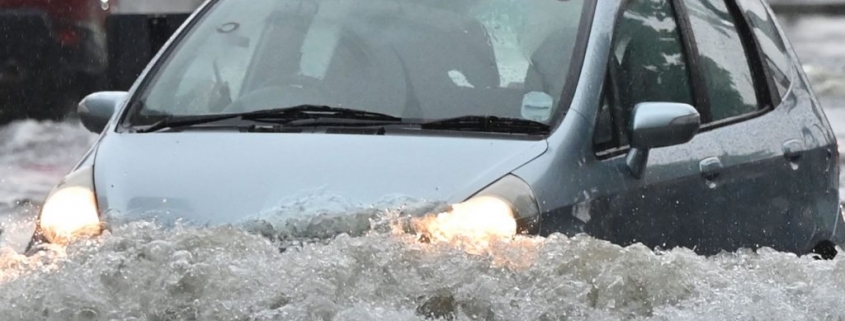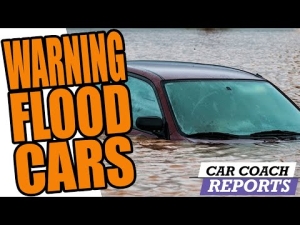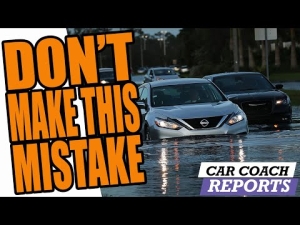Why Is It Dangerous to Drive Through Flood Waters?
Floods are possible in some areas. Global warming and the increased risk of heavy rains increases that potential. Most people do not realize that severe weather and floods also pose a serious threat to your vehicle. One main car safety rule involves whether you should drive through floods or avoid them completely. Do you know why it is dangerous to drive through floodwaters?
Why watery roadways should be avoided
Have you ever been driving down the road and hit a water puddle that is deeper than you expected it to be? You may feel it grab the tire and jerk your steering wheel a little. It’s a split second that may be barely noticeable, but it should give you at least some idea of why water and vehicles are not good together.
First, when you hit that puddle, you cannot see if it is deep enough to affect your car. It may appear to be just a small layer of water, but maybe a few inches deep in all actuality. The same thing can happen if you drive onto a roadway with standing floodwaters. Looks can be deceiving and often is when it comes to floods.
Consumer Reports and Stephen Hegarty, with the Tampa, Florida police department, confirm that people often feel they are going to get through such shallow water and states that, “We have to rescue people on a regular basis.” Why?
Drivers don’t know if there are going to be hidden dangers. These may include road wear-causing deep spots or other issues that may be lurking underneath the water. Hidden risks may include rocks that have been washed into the roadway, downed power lines, and a total loss of control. Your car can also hydroplane, which means you could end up slamming into a tree or a ditch.
Floodwaters can destroy your vehicle
To go beyond your personal safety, your car may also sustain damages from driving through flooded areas. Water standing on a road can push a vehicle off the road, even if it is only a couple of inches deep. If the water gets into your motor, it can cause damages. Over time, it could also lead to rusting and other issues, especially if the floodwaters are mostly saltwater.
If you own an SUV or a larger truck, you should still avoid flooded roadways unless you want a watery grave for your vehicle. They are not immune to the dangers of floodwater. You can still experience issues with the electrical system, engine, transmission, cooling system, and more. If it is deep enough to seep in around doorways, it can ruin your vehicle’s interior.
Tips for driving safely through water if unavoidable
Sometimes, you may not be able to predict when a flood is coming. You should always do your best to avoid driving in flood-prone areas, even if you have good tires. However, we do realize that driving through water is sometimes unavoidable.
You may have a low spot in your driveway or need to get out of an area for your personal safety. If you feel confident that the water isn’t going to push you off the road, there are things you can do to get through as safely as possible according to Drive Safely.
Our goal is to help you arrive safely, regardless of what is going on with the weather in your area. Your responsibility is to keep in mind that an alternative route that isn’t flooded is always best. If you cannot avoid it, you should: drive in the center of the road when possible, following other vehicles rather than trying to pass by them, slowing down, and drying your brakes once you are past the flooded roadway.
RELATED: Is a Car Considered Totaled After a Flood?
The post Why Is It Dangerous to Drive Through Flood Waters? appeared first on MotorBiscuit.







